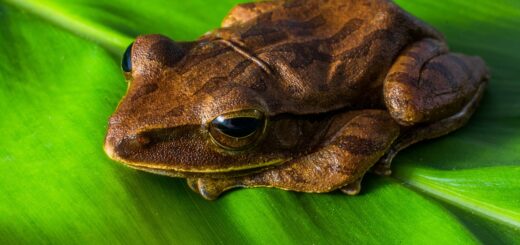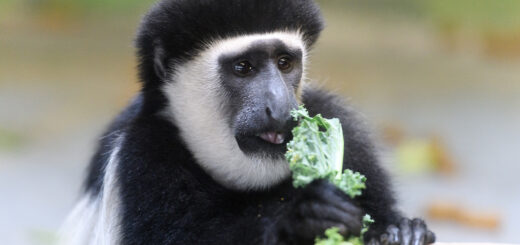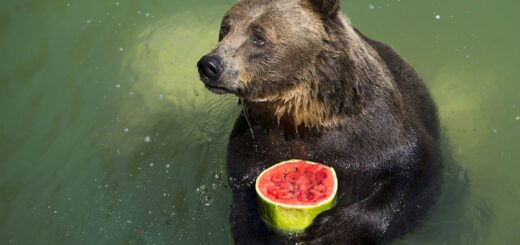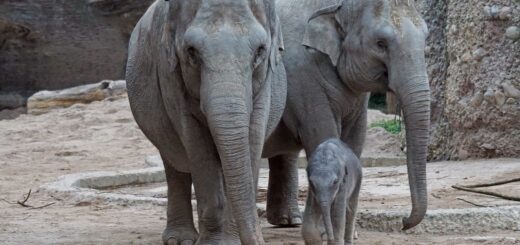Hindgut fermenters: GI anatomy, physiology, & nutrition of rabbits, guinea pigs, and chinchillas
Citation
Kohles M. 2019. Hindgut fermenters: GI anatomy, physiology, & nutrition of rabbits, guinea pigs, and chinchillas. In Brooks M, Freel T, Koutsos E Eds. Proceedings of the Thirteenth Conference on Zoo and Wildlife Nutrition, Zoo and Wildlife Nutrition Foundation and AZA Nutrition Advisory Group, Saint Louis, MO.
Abstract
The anatomy and gastrointestinal physiology of rabbits, guinea pigs, and chinchillas are different than other exotic companion mammals. These species are strict herbivores, classified as hindgut (cecum and colon) fermenters, concentrate selectors, and are designed to ingest large amounts of high fibrous food. As prey species, maintaining a small body size is advantageous. Their unique gastrointestinal system, with its rapid transit time and ability to differentiate particulates of fiber, allows them to remain small and active, while surviving on high-fiber, low-energy density plant materials.While all three species have similar gastrointestinal function and nutritional needs, there are some unique species traits. Gastrointestinal disease in these species is a very common presenting issue in clinical practice. It is often associated with dysbiosis and can present as both primary and secondary disease.
 Kohles.pdf 9 KB
Kohles.pdf 9 KB








